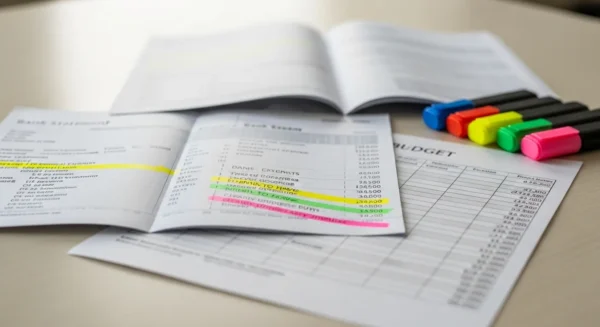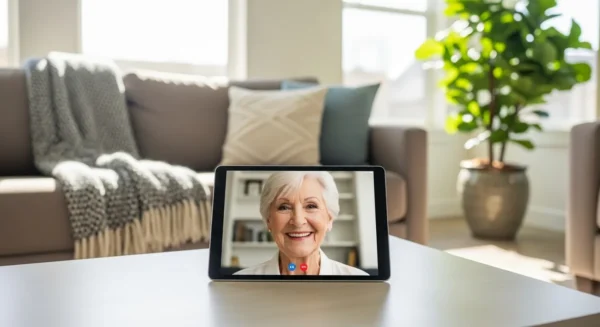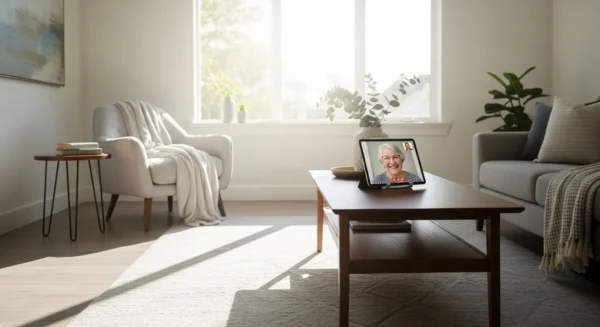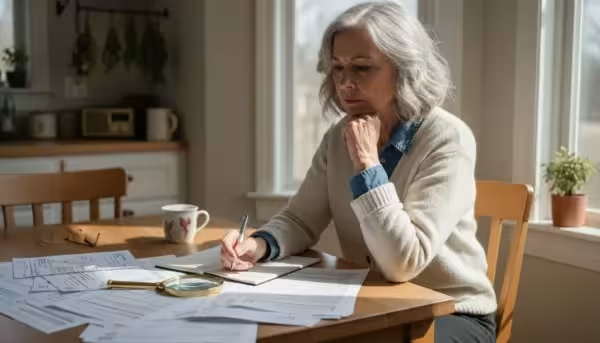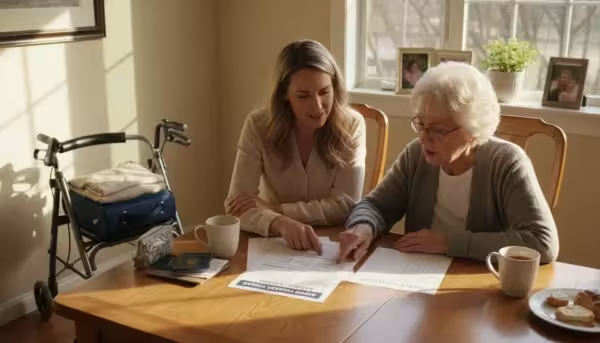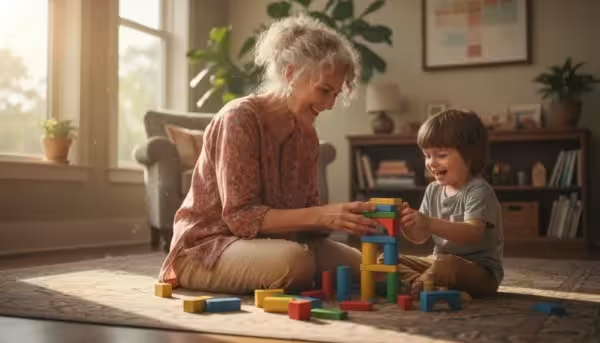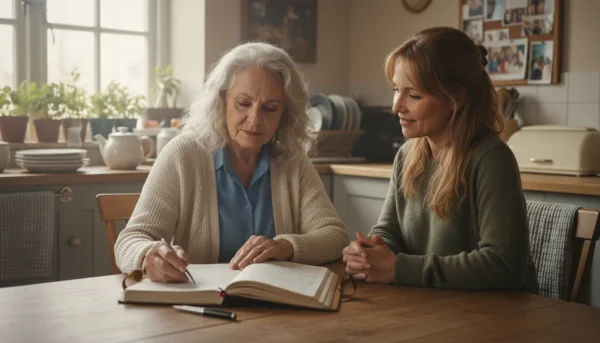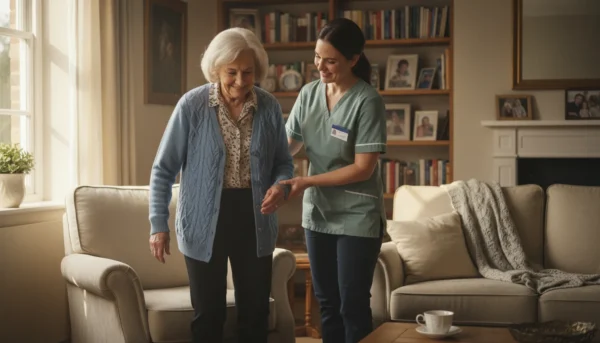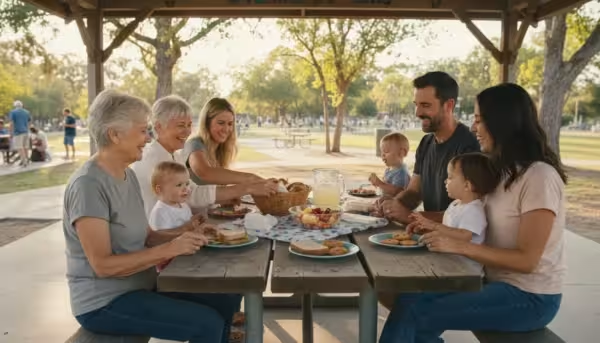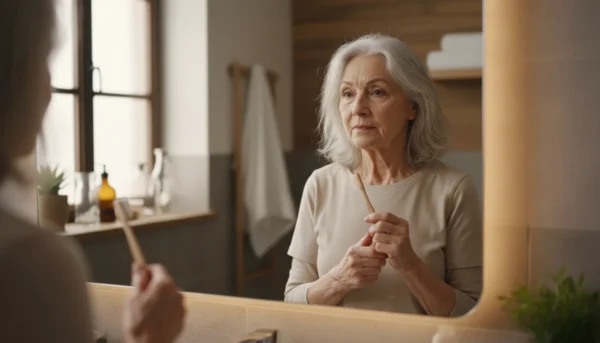For the first six months of my retirement, I was convinced I had it all figured out. After forty-two years as a civil engineer, managing massive infrastructure projects, the idea of an empty calendar was pure bliss. I played more golf in those first few months than I had in the previous decade. I rebuilt the back deck. I organized the garage with a level of precision that would have made my old project foreman proud. My wife, Sarah, and I even took that long-awaited trip to see the national parks out west. Life was good. And then, it wasn’t.
The shine wore off. The golf games started to feel repetitive. The house was in perfect order. The quiet mornings, once a welcome respite from the 5 a.m. alarm, began to stretch into long, silent afternoons. I found myself wandering from room to room, feeling like a ghost in my own home. My identity had been so tightly woven into my career—I was “Arthur, the guy who built the new bridge,” the man with the answers, the leader of a team. Now, I was just… Arthur. It felt like the world had kept spinning, but I had been politely asked to step off the ride. I was bored, restless, and if I’m being completely honest with you, I felt profoundly useless.
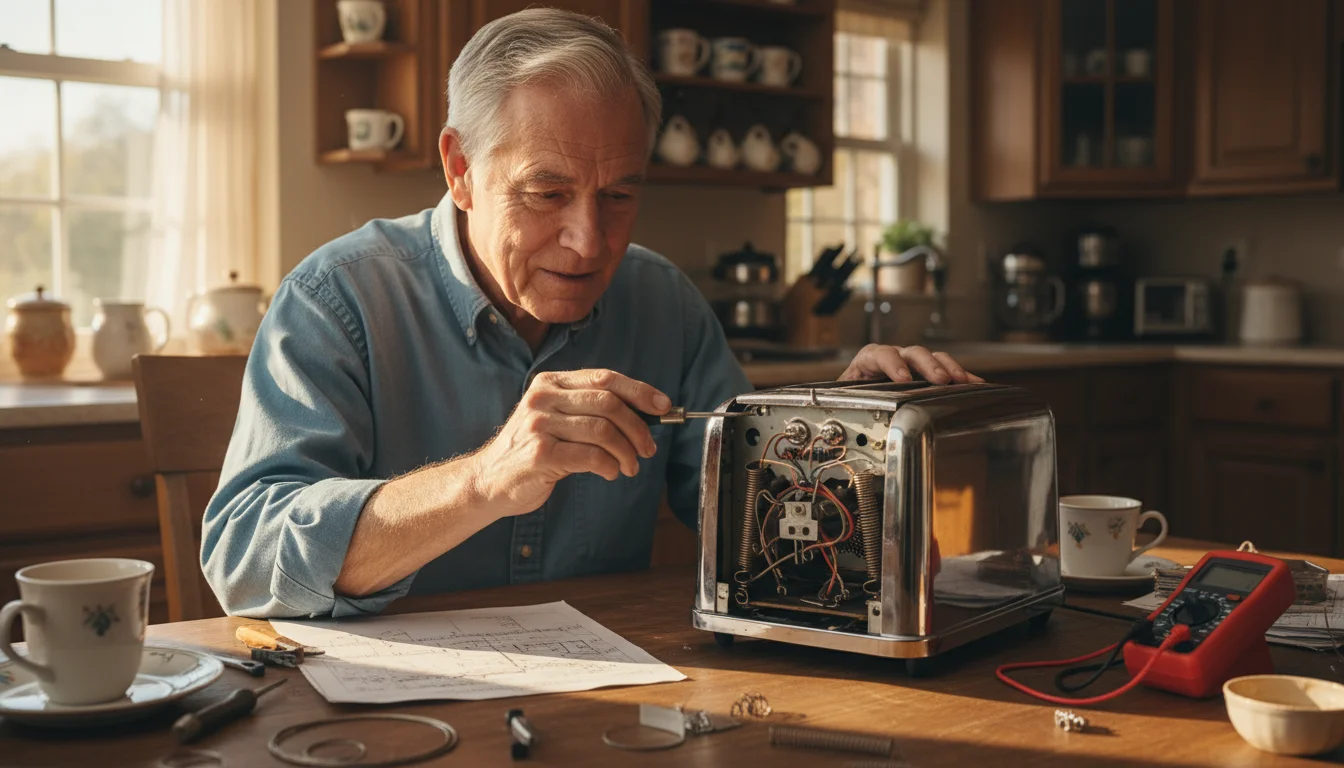
The Day the Toaster Broke
The turning point wasn’t some grand epiphany. It came on a Tuesday morning in the form of a broken toaster. Not just any toaster, but our beloved, chrome-plated wedding gift from 1978. It had faithfully toasted our bagels for over four decades, and it simply gave up. Sarah was surprisingly sentimental about it. “They don’t make them like this anymore,” she sighed, ready to toss it.
“Hold on,” I said, the old engineering gears in my mind starting to whir. “Let me take a look.”
I spent the better part of the afternoon at the kitchen table with a set of small screwdrivers and a multimeter. It was a puzzle. I tracked the problem to a faulty heating element connection, something I figured I could fix with a bit of soldering. As I worked, I felt a familiar spark. It wasn’t the thrill of managing a multi-million dollar budget, but it was the quiet satisfaction of solving a problem, of making something right again. When that toaster popped up two perfectly browned slices of bread, I felt a sense of accomplishment I hadn’t experienced in months.
Seeing the genuine delight on my face, Sarah smiled. A few days later, she left a small, clipped-out notice from the local paper on my armchair. It read: “Got a Wobbly Chair? A Broken Lamp? A Faltering Fan? Don’t Toss It, Fix It! The Northwood Community Repair Cafe Needs Volunteers with a Knack for Tinkering. No Experience Necessary, Just a Willingness to Help.”
I scoffed at first. “A ‘Repair Cafe’? What on earth is that?” But the idea lingered. Fixing our toaster was one thing, but the thought of facing strangers with their broken junk felt… intimidating. What if I couldn’t fix something? What if I made it worse? It took another week of Sarah’s gentle prodding before I finally, reluctantly, agreed to go and “just check it out.”
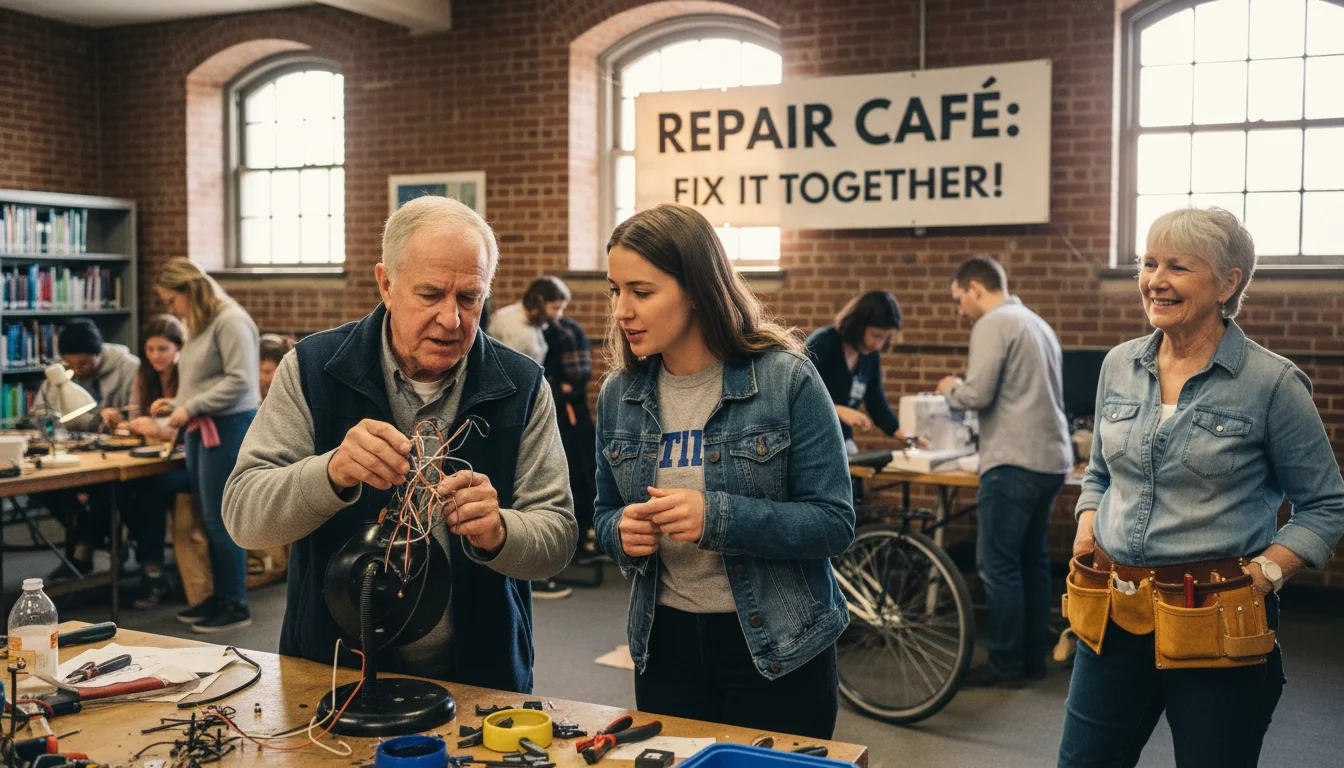
My First Shift as a ‘Fixer’
The Repair Cafe was held in the basement of the public library, and the moment I walked down the stairs, I was hit by a wave of organized chaos. There were tables set up for different specialties: electronics, textiles, furniture, and general mechanical items. The air buzzed with conversation and the gentle whirring of tools. It was a far cry from the silent halls of my retired life.
A cheerful woman in her seventies with a tool belt around her waist introduced herself as Maria, the coordinator. “First timer?” she asked with a warm smile. “Don’t worry, we’ll start you on something simple.”
My first “client” was a young college student with a desk lamp that wouldn’t turn on. I felt my palms sweat. This wasn’t an inanimate object on my own kitchen table; this was someone’s property. I took a deep breath and started the same way I would have started a bridge inspection: by asking questions and making a careful assessment. After a few minutes of testing, I found a loose wire in the switch. It was a simple fix, much like my toaster.
As I reassembled it, the student told me how his grandfather had given him the lamp when he went off to college. When I plugged it in and the bulb flickered to life, his face broke into a huge grin. “Wow! Thank you so much! I thought it was a goner.”
That simple, heartfelt “thank you” was more rewarding than any year-end bonus I had ever received. Over the next few hours, I helped a woman mend the wobbly leg on her favorite reading stool and diagnosed a faulty power cord on an old electric kettle. Each item came with a story, a little piece of its owner’s life. I wasn’t just fixing things; I was helping people hold onto their memories. I was solving small, tangible problems for my neighbors. For the first time since I’d cleaned out my office, I felt truly useful again.

Finding a New Team and a New Rhythm
That was three years ago. My monthly visit to “just check it out” quickly turned into a bi-weekly commitment that I now guard fiercely on my calendar. I’ve become one of the go-to guys for small appliances and tricky lamps. More importantly, I’ve found a new team. My fellow volunteers are a wonderful, eclectic bunch—a retired seamstress who can mend anything, a young IT whiz who patiently helps people with their confusing gadgets, and a former woodshop teacher who smells perpetually of sawdust and wisdom.
We’re a community. We share stories over coffee and donuts before our shift starts. We troubleshoot problems together, combining our different areas of expertise. It’s a different kind of collaboration than I was used to, free of deadlines and corporate pressure, but it’s just as meaningful. This group of people, this shared mission, gave me back the sense of camaraderie I hadn’t even realized I was missing so badly.
This experience taught me that the search for purpose through volunteering isn’t about finding a replacement for your old job. It’s about discovering a new way to contribute. For me, senior volunteering wasn’t about filling empty hours; it was about filling a void in my spirit. The structure of those Saturday mornings gave my weeks a new rhythm, a new anchor. It gave me stories to tell Sarah at the dinner table and a reason to get out of bed with a sense of anticipation.
If you’re reading this and feeling that same sense of drift that I felt, my advice is simple: look around. Your community needs you. It needs your lifetime of skills, whether they were honed in an office, a classroom, a workshop, or a home. There are countless volunteer opportunities for seniors out there, from reading to children to helping at an animal shelter to, yes, even fixing broken toasters.
The key to finding purpose after retirement is realizing that your value didn’t end when your career did. It just entered a new, more flexible chapter. You now have the incredible freedom to choose how you want to share your gifts with the world. Take a chance. Step out of your comfort zone. You might just discover that the most rewarding project of your life is the one that’s waiting for you right around the corner.
For expert guidance on senior health and finance, visit Social Security Administration (SSA), Consumer Financial Protection Bureau (CFPB) and Administration for Community Living (ACL).
|
Fact-Checked Content
Our editorial team reviews all content for accuracy and updates it regularly. Learn about our editorial process →
|

